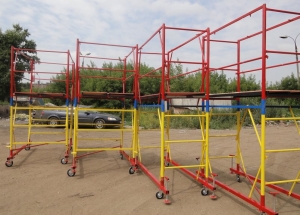To build a modern house, the task is not simple, because it is not for you a house of Nif-nif, Nuf-nufa and Naf-naf. It's only in fairy tales that one can build a palace in one night and do not expend any effort. Unlike fairy tales, when building a modern house, even a small cottage, it is necessary to do a great job. Namely:
-produce earthwork for foundation preparation, mount the foundation itself, install walls, roof, perform internal works for supply of water, heat supply, sewage, etc. Even having done such a great job, you will not get a ready-made house, as it needs to be brought to full condition with the help of finishing and installation works. For many of the above works, scaffolds are very often needed.
Content
Scaffolding, what is it?
Scaffolding is a temporary construction that facilitates the carrying out of different types of work at height.
In the last century, in the main, every brigade did the scaffolding for themselves, on their own.
If it was a serious construction organization, then initially, the design engineer calculated the forest design suitable for the specific case, then the designer made a drawing, all this documentation was approved by the higher authority and the builders erected scaffolds on the site of the object under construction.
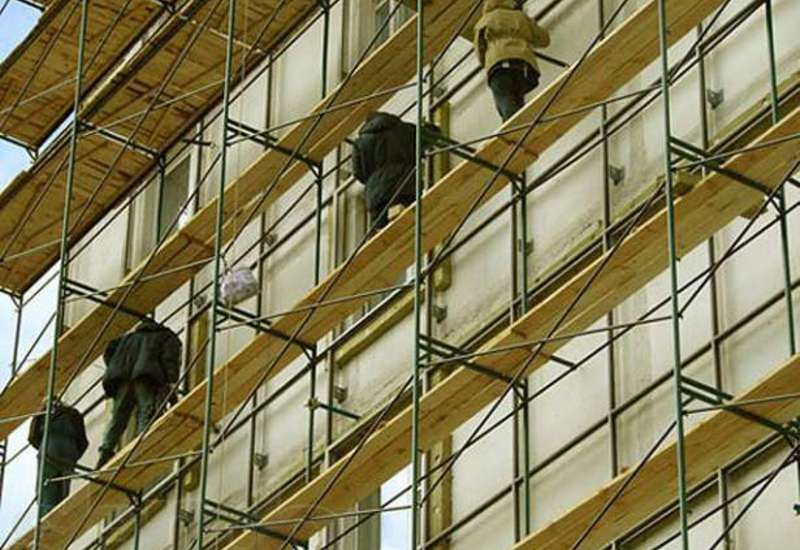
In modern times, a new construction trend arose.
There were firms, whose task was the production and sale of scaffolding
http://energomer.su/lesa-stroitelnye-vyshki-tury. Such construction firms have become very popular.
The services of such a company are often used by small firms in the specificity of the work which includes the facade and finishing works.
Acquiring scaffolding, builders reduce the time for the construction and decoration of houses, the construction team receives a safe and comfortable work area.
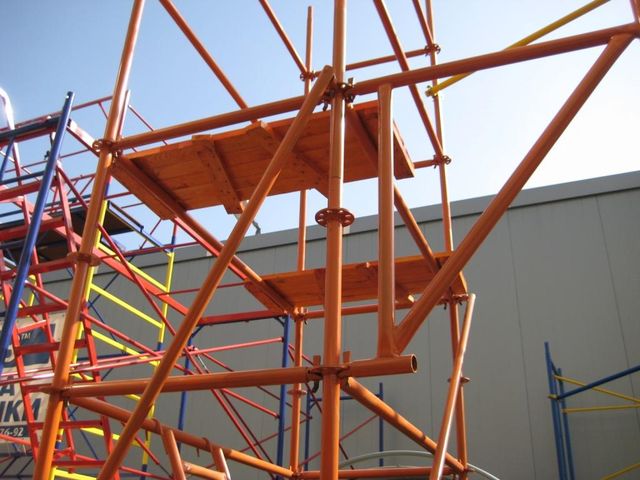
When choosing scaffolding, professionals advise to consider the main factors:
- scaffolds must be reliable;
- technological;
- are safe;
- the scaffolding itself should be easy to install.
An important factor in choosing scaffolding is the final result of the work.
At work, on the safety precautions, it is necessary to exclude accidents and it is natural, to receive a qualitative result.
In addition to the above factors, when selecting scaffolds, the specific nature of the work is taken into account, it also influences the choice of one or another type of scaffolding.
Specialized firms can offer you the help of a specialist who will tell you which object, which type of scaffolding is more suitable, can also help with the installation of scaffolding in place.
Scaffolding, types of scaffolding
Depending on the type of work being done, the scaffolding is divided into stand-alone, independent of the construction object or the adjacent construction forests.
Scaffolds can be made of metal or wood. Scaffolds are chosen depending on the height of the object under construction, the type of finishing works and the estimated load on the scaffolding.
Modular or stand alone scaffolding
Separately standing forests, for each specific case, are put individually.
In contrast to other types of scaffolding, the kit assumes the presence of flanges and racks.

These elements reliably connect the vertical parts of the scaffolding, not only at an angle of 90 *, but also at a different angle that is required by installers. In the construction of complex building structures, as a rule, modular forests are used.
Scaffolding
Legendary types of scaffolding are called frame, stanchion, bridge, wedge and wedge.
Attached scaffolds are widely used in the construction of residential buildings.
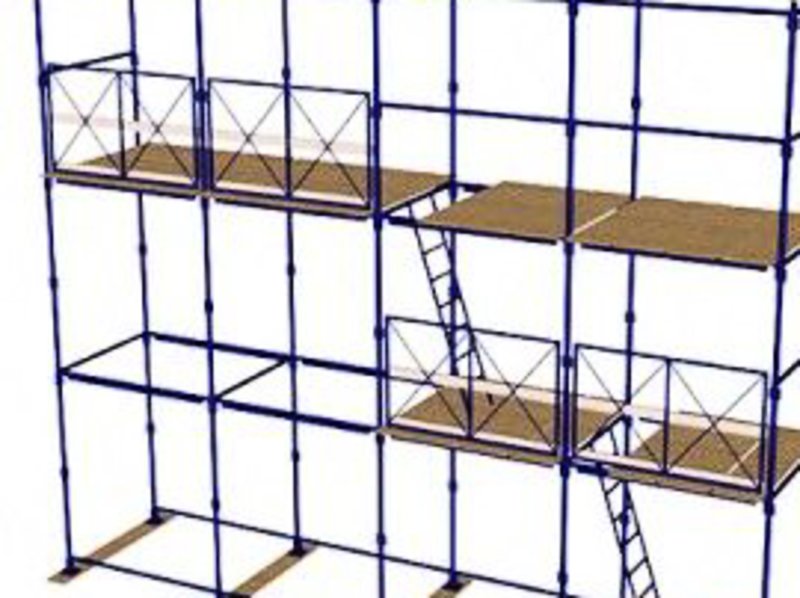
The advantage of the adjacent forests is easy assembly and without problematic movement of the collected scaffolding.
Let us consider the attached scaffolding in more detail.
Scaffold scaffolding
Many functional construction forests are clamp forests. Clamping woods are an ideal option for the repair and decoration of a dwelling.
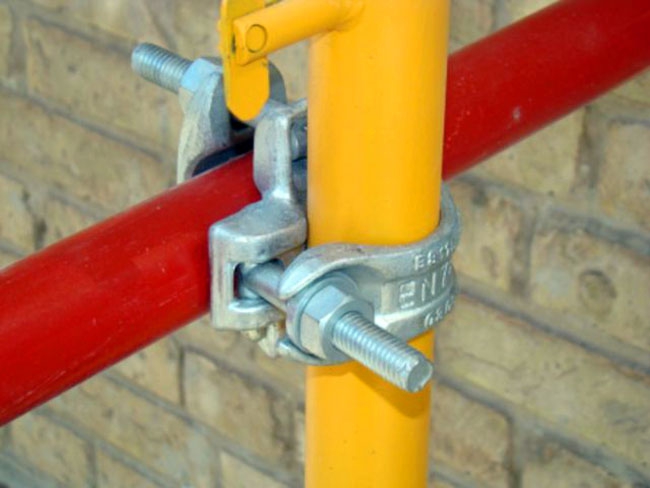
Even the most complex construction is quite affordable for clamping scaffolding.
Such forests have any height and can be installed even on a base that is at an angle.
The use of rotary and blind clamps, allows you to create any design, with the help of structural elements of the forest, adjust to any outlines of the object.
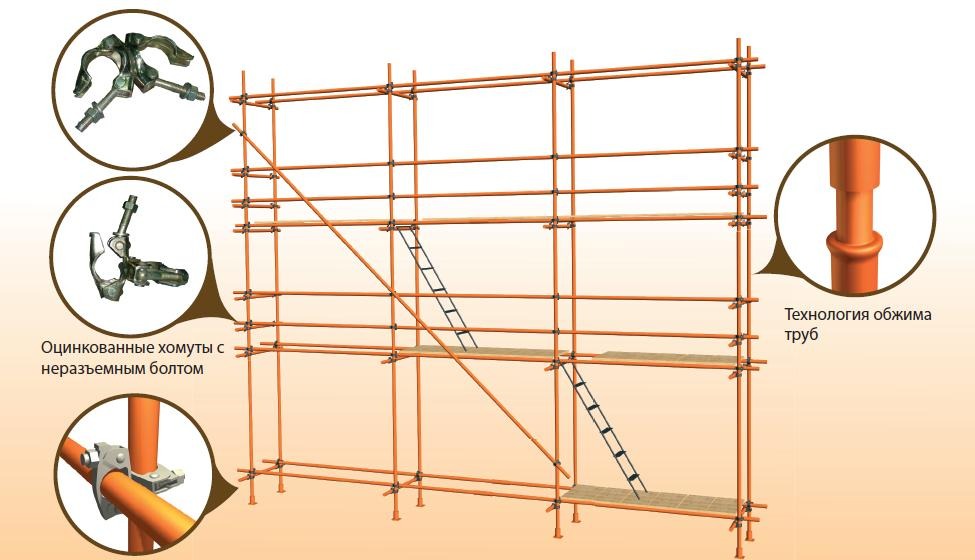
Clamping scaffolding makes it easy to bypass complex projections of a residential object, etc.
Scaffolding
Rigid-trestle scaffolding is widely used in construction, but it is best to use it for an uncomplicated facade design.
Therefore, in order not to create problems in the construction, it is necessary to understand that the stanchion-trestle scaffolding does not fit into difficult facades.
Frame scaffolding
Frame scaffolds are very easy to assemble, as the kit includes horizontal and diagonal ligaments.
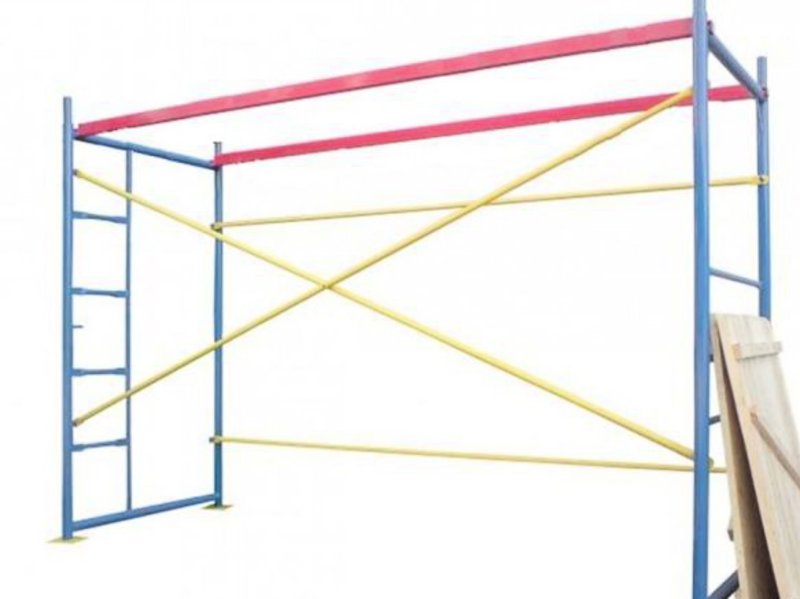
Frame frame scaffolds are joined by a threadless method, since on each bunch, at its end there are "flags" locks.
Such forests are quite suitable for building a complex house. Simplicity of assembly allows to save time considerably and consequently these woods have received wide application.
Scaffolding
A rigid frame structure, which is easy to assemble and disassemble - this is the wedge scaffolding.
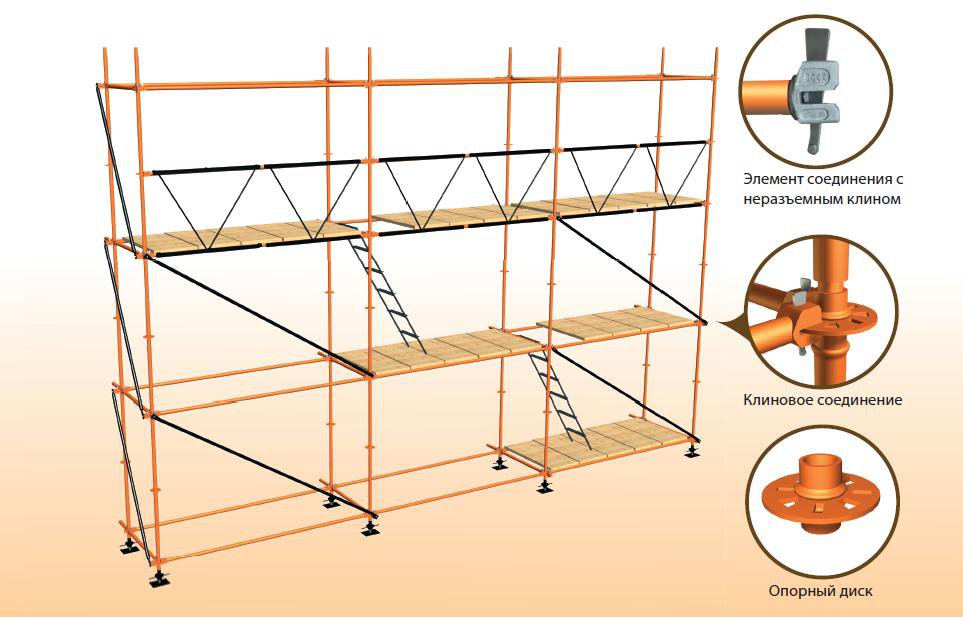
Depending on the design features of the construction site, the wedge scaffold installation scheme is easily changed.
Builders call these forests universals, they withstand heavy loads, reliable, durable and stable.
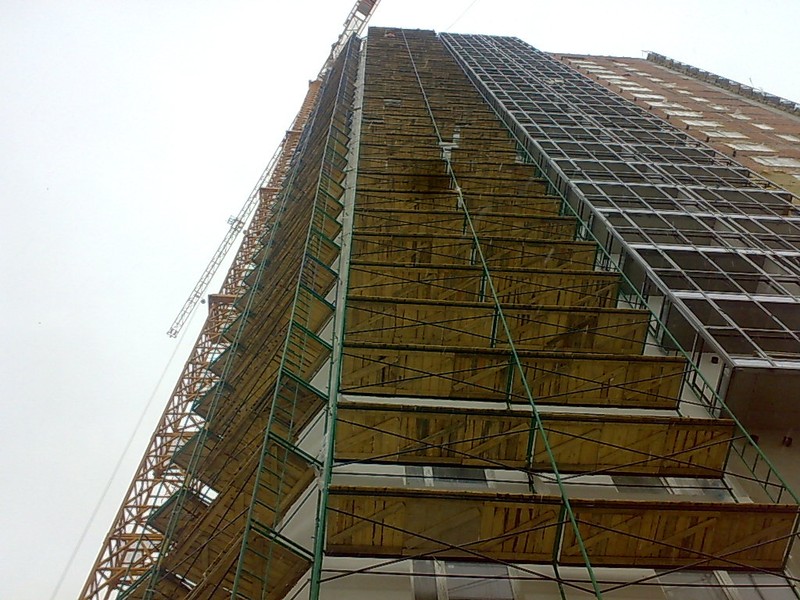
The height of the wedge scaffolding is from 2 to 100 meters.
Scaffolding
Construction towers-tours are mobile, easily moving and stand-alone towers.
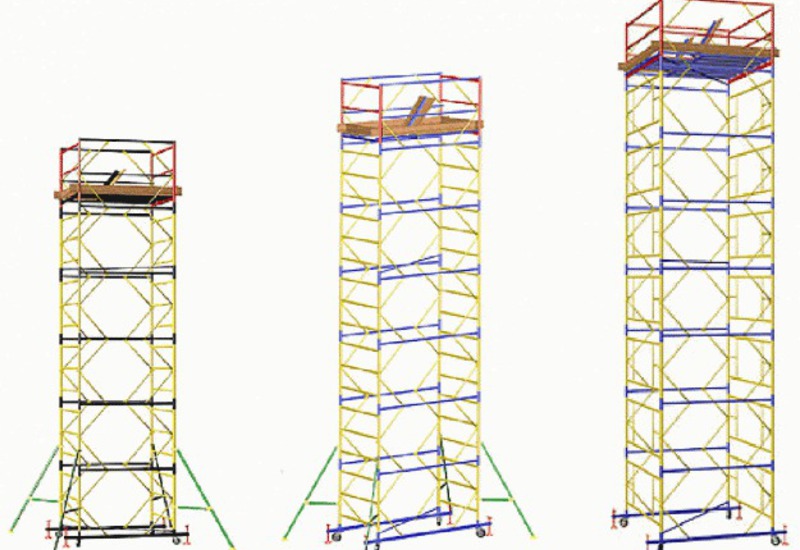
Such towers are used as additional scaffolding, on them builders usually provide safety of building materials, such towers are good for internal finishing works


